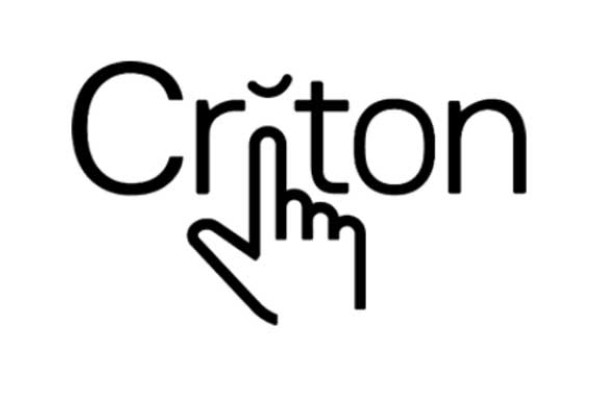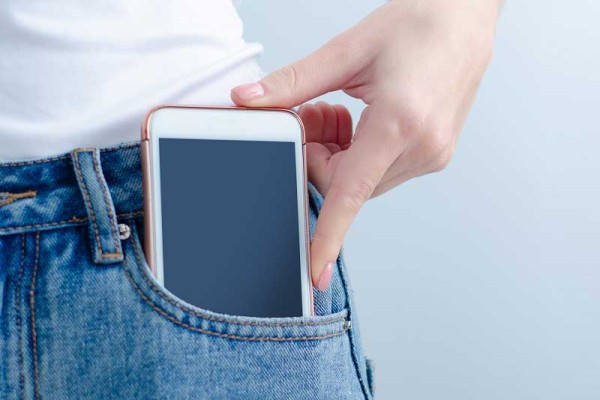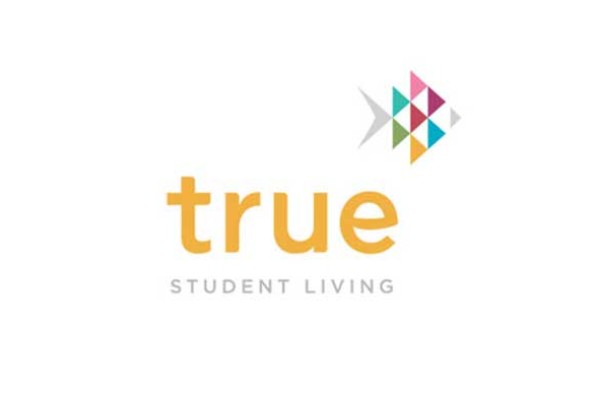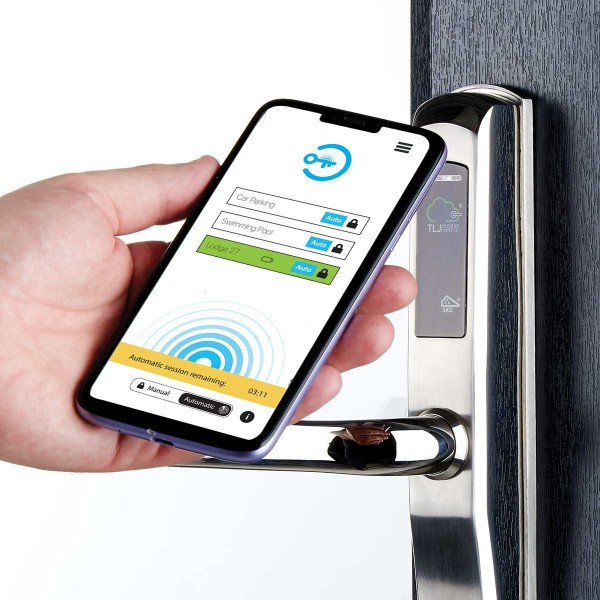When is a key not a key? When it’s a smartphone
As TLJ’s Mobile Key registrations top the 1,500 mark, we reflect on how far we’ve come and ask where digital integration is heading in the world of hospitality and beyond.
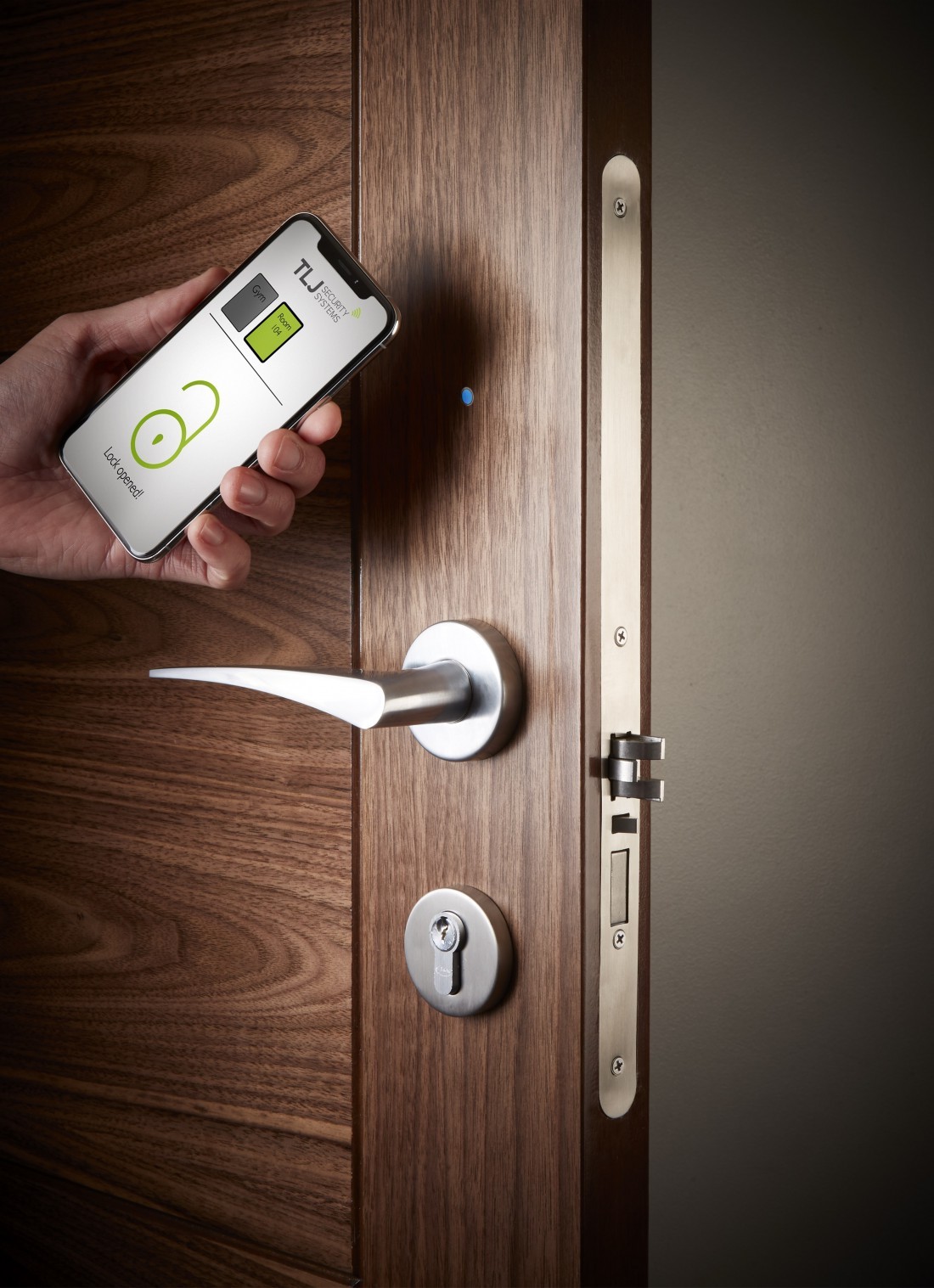
A potted history of Electronic Locks
The idea of a programmable lock that would only open for a certain person at a certain time became a reality in the last quarter of the 20th Century. In 1975 Tor Sørnes patented the first re-codable keycard lock, using a card with 32 hole positions and a lock case containing mechanical pins which ‘read’ the card, giving a possible 4.2 billion combinations. This technology was soon enhanced by electrifying the operation of the lock, with the keycard holes now being read by LEDs and photocells. These devices were programmable, allowing selective access control based on a pre-determined set of conditions. For example, an individual may have been a paying guest at a hotel, or an employee of a company who had been granted access to a restricted area.
In the early 1990’s the electronic magnetic stripe (or ‘mag stripe’) card lock was launched. It employed a strip of magnetised material on the reverse of the card to hold access credentials which could be overwritten, and the card thus reused. However, this type of card still had to be physically inserted in the lock for the data to be read, plus it was susceptible to corruption by strong magnetic fields (e.g. a mobile phone). Despite this, mag stripe card systems are still widely used in legacy locking systems today.
In more recent years, electronic locks have made use of a variety of authentication methods, from passwords to biometric data like fingerprints. Dominating the market these days is radio frequency identification (RFID). This system employs a microchip to which the reader can ‘talk’ via an induction loop buried in the keycard or access token. The main benefits of RFID are that the lock can be activated without any physical contact, the storage medium itself is incredibly robust, and data can be shared both ways between reader and access token (called ‘writeback’). In this way, if the reader is connected in real time with the lock management software it is possible to create a virtual online system, using the access token as the data carrier.
As always, innovation doesn’t stay still for long and there is a new technology on the market: Bluetooth Low Energy (BLE) – opening doors by smartphone.
Why BLE?
BLE is a wireless personal area network technology. It offers a similar communications range to classic Bluetooth, but with greatly reduced power consumption for both the user’s device and the electronic lock. In addition, it does not require individual pairing of devices, as would be the case with classic Bluetooth.
Typically, the operator’s access control software will have the capability to issue remote ‘keys’ in the form of a digital code. These ‘keys’ will be securely encrypted, stored and sent via the cloud to a dedicated app on the end user’s smartphone.
Convenience is a core benefit for both user and operator when running BLE-enabled locks. For the user, no physical key is required. Their smartphone acts as their room key, operating the lock via a dedicated app where access permissions have been granted. Furthermore, BLE ‘keys’ can be sent and received anytime and anywhere, provided the user has access to a mobile data feed or Wi-Fi connection. No more queuing at busy reception desks to check in or check out!
The benefits are more evident for the operator, in terms of reduced front-of-house resources (e.g. staff-less reception) and the ability to remotely issue and revoke access permissions. BLE access control apps can be integrated with the operator’s own app, allowing for wider digital marketing opportunities, and for some operators the presence of BLE enhances their image and gives them a competitive edge. A further collateral benefit of BLE is that it can offer virtual online capability at a fraction of the cost of hard-wired systems. The user’s smartphone can act as a data carrier, via the cloud, enabling writeback between the standalone lock and the operator’s access control software.
Mobile Keys by TLJ
TLJ’s take on BLE locks is called Mobile Keys. The system is designed with simplicity and ease of use in mind: the end user receives notification that the operator has issued them a mobile key, prompting them to download the appropriate app for their smartphone. Once installed and registration has been verified, the app shows the user a range of doors for which keys have been issued. When in the vicinity of any of these doors the app allows the user to activate the lock via BLE. Individual lock activations are transmitted in real time, via the cloud, back to the operator’s software.
Keys are deactivated at the end of their permitted period, set by the operator, who can also revoke access permissions remotely at any time. This is particularly useful in the event of, say, a problem guest or tenant who is no longer welcome at the property.
Mobile Keys functionality is present in our most popular lock models and is being included as standard in all our new product launches. We have rolled out Mobile Keys across several recent projects including student accommodation and hotels, with current app registrations topping the 1,500 mark – well ahead of expectations.
As well as providing access to Mobile Keys via our standalone TLJ app, we are also working with selected clients to integrate with their own mobile applications. For example, a major co-living operator in London offers TLJ Mobile Keys within their property management app. This gives the operator the assurance that, for tenants to get into their apartment, they must use an app that opens a direct marketing and communications channel which the operator can exploit.
The direction of travel
The rate of uptake in BLE mobile technology for access control, amongst other applications, is accelerating. According to Hospitality Technology’s 2018 Customer Engagement Technology Study, 65% of guests say they are willing to pay higher rates and are more likely to return to a hotel that offers access to the technology they deem important.
Guests’ technology demands for 2019 include having a hotel mobile app with a variety of features. These include the ability to check in and out using a mobile device, operating room locks (typically via BLE) and high-tech features available in guestrooms (e.g. booking a table for dinner, live alerts and notifications, adjusting the air conditioning).
Many hotel approval bodies are now putting connective technologies front and centre when recommending individual establishments. For a hotel to achieve higher ratings it is inevitable that they will need to budget for more digitally engaging and immersive guest experiences. A good example of this is the American ‘Triple A’ rating system for hotels: unless an establishment has at least mobile check in/out, remote access to guest services, mobile key access and advanced connectivity across all guest interactions, they have no chance of achieving a Five Diamond rating.
As part of their 2019 planning process, hotels must ask themselves the following questions:
- Are they digitally engaging with their guests from the moment they make a reservation?
- Are they increasing guest engagement at all stages of their journey?
- Are they developing guest loyalty?
- Are they empowering staff with appropriate digital training, tools and knowledge to deliver a first-rate guest experience?
- Are they investing in digital systems that will integrate with other key property solutions?
From a loyalty and engagement point of view, digital technology provides new ways in which establishments can interact with guests. Personalising the guest experience before, during and after the stay is made possible via app, mobile web, SMS, social media and in-app chat platforms. For example, Hospitality Technology’s 2018 Customer Engagement Technology Study reveals that 48% of guests want access to in-room dining via a mobile device.
Budgeting for digital solutions such as these is surely an investment in guest loyalty and satisfaction, giving hotels a competitive edge.
Opinion
At TLJ we’ve taken a pragmatic view of Mobile Keys. From an access control point of view we see the hospitality sector as vitally important, but only as part of a broader mix.
As well as installing the system in a number of hotel developments we have fitted BLE enabled locks in new-build and re-fit student accommodation projects. The managed residential sector, especially privately rented apartments, is equally important to us: we see these areas of the market as having a bright digital future, largely due to the nature of the end user.
Over 85% of UK adults now own and use a smartphone on a daily basis, but this rises to 95% in 25-34 year olds and as high as 96% in the 18-24 year age group (source: Deloitte Global Mobile Consumer Survey, UK Edition, June 2018). We believe that installing smartphone compatible locks, as part of a suite of digital measures, will help to future-proof properties across the hotel and leisure, student accommodation and managed residential markets. Use of such technologies will resonate with end users and operators in each sector in subtly different ways. For the hotel it’s about convenience, flexibility and customer engagement, for student accommodation it means no more lost keys and greater control over who enters the property, and for residential apartments it helps letting agencies market to tech-savvy young professionals who expect high levels of digital integration.
Tags: BLE , Mobile keys
